In my recent posts I have shown which insights you can gain with the help of price elasticity and how this helps you to better understand your entire product range and to price it accordingly. The splitting of your product portfolio into article roles, such as common and focus articles as well as basic and skimming items, was particularly significant. It provides a valid basis for a holistic, AI-supported pricing strategy by answering the following questions:
- Which product segments can best serve which of your target KPIs?
- Which product groups are particularly important for your customers and therefore particularly effective in marketing campaigns?
- Which degree of automation should be chosen when using a dynamic pricing software?
We will now answer all these questions step by step. Let’s start with the basic and skimming articles. These article groups are usually not very price-sensitive and therefore less competitive relevant. This is mainly due to the fact that consumers have only a low price awareness for these products – either because they rarely buy these articles and/or because they do not have a high investment value associated with them. (You may recall the examples: pots and spices.) Basic and skimming items can therefore be pretty useful to increase your target KPI Gross Profit. For these article groups, my recommendation is: The pricing shall be done fully automated by an AI-supported dynamic pricing software to effectively capture the existing gross profit potential. Especially because basic and skimming products are not in the focus of your customers, it makes little sense to invest a lot of work in these articles. Especially since manual pricing is also hardly to be done in a meaningful way anymore, since on the one hand too many influencing factors have to be taken into account (such as daily stock, daily demand, weather, holidays, seasonal characteristics etc.) and on the other hand the sheer quantity of such articles is too large. Basic and skimming items make up about 60-80% of a total assortment – in principle, the broader and deeper the assortment, the higher the proportion. Therefore, automating the price calculation and price setting for these assortment parts is particularly effective.
Different rules apply to common and focus articles. These articles are highly price-sensitive and therefore enormously relevant for your competition. Your customers are highly likely to notice price changes for these articles and they will react to them. The good news is: You can use this to your advantage! By increasingly integrating common and focus products into your marketing campaigns and by setting prices in a way that is factually valid and strategically well-founded. In this way, you can control the KPIs turnover, sales, frequency and market share in a very targeted manner. If you offer these articles at special prices, you can attract your customers to your store in a plannable way. In this way, you can generate corresponding turnover and sales – and at the same time increase the frequency of your store. In the medium and long term, you will secure your position in the market and gain additional market share.
What is important is the strategic interaction of the two article groups when setting prices. If you have the basic and skimming articles priced by an AI, up to 80% of your assortment will be priced fully automatically. This saves you a lot of time for manual price maintenance and also allows you to make the most of your gross profit potential. Conversely, this means that your Category and Pricing Management has gained time which it can use for planning the strategic use of the common and focus articles (e.g. in promotions or marketing campaigns). It also means that you can use a portion of the additional gross profit you generated to price those products very attractively, that are in the price focus of your customers. Here, an AI pricing software will support you and provide you with appropriate price suggestions that take into account all important general conditions. In addition, a truly powerful dynamic pricing solution automatically provides a forecast of KPI effects. This gives your category and pricing managers a differentiated basis for each pricing decision and allows them to set prices manually. For me, this form of man-machine cooperation is particularly remarkable, because here the algorithm with complex mathematics and statistics complements the competence and proven gut feeling of the assortment professionals.
Are you now asking yourself what you need to use an AI solution for price optimization? Then look forward to my next post! Or just ask me directly!


